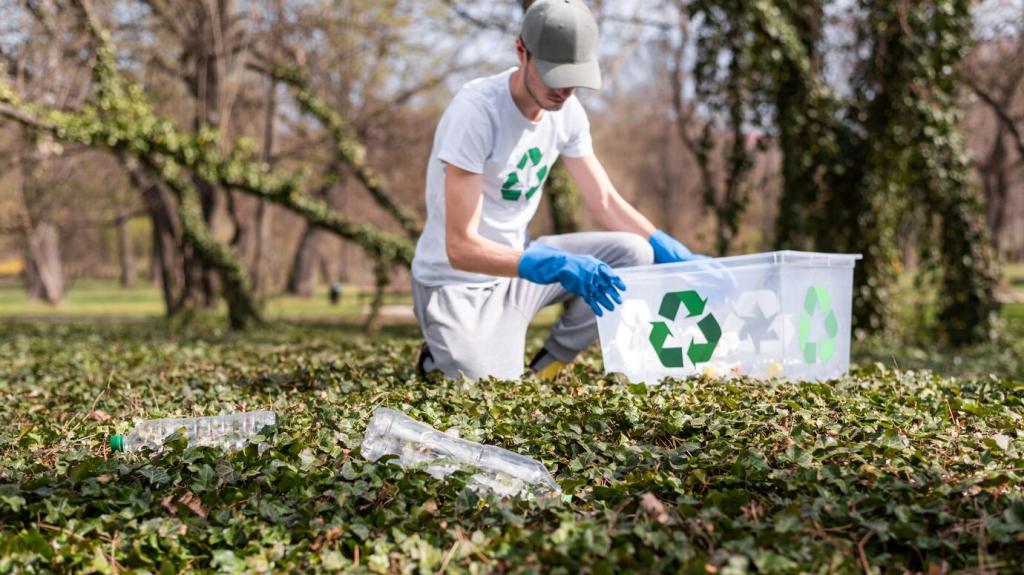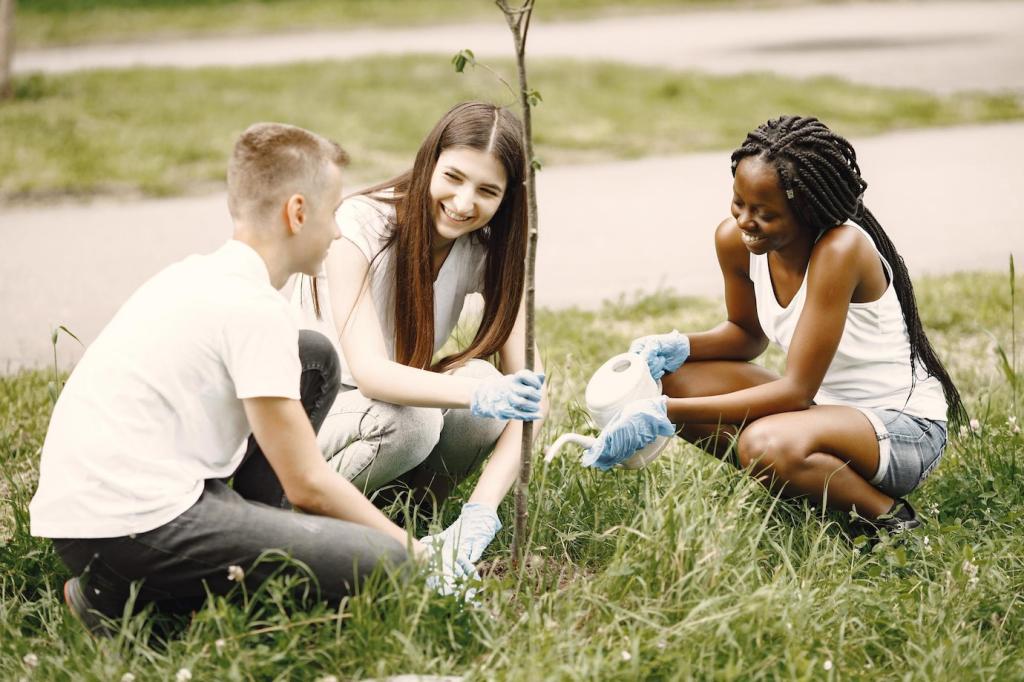
Bringing Waters Back to Life: Successful Ecological Restoration of Water Bodies
Chosen theme: Successful Ecological Restoration of Water Bodies. From quiet ponds to sprawling rivers, discover practical successes, heartfelt stories, and proven methods that revive ecosystems and communities. Join our journey, share your watershed story, and subscribe for field-tested restoration insights.
Laying the Groundwork: Clear Goals and Honest Baselines
Before any shovel hits soil, teams map dissolved oxygen, temperature, nutrients, and habitat structure. Kayaks, drones, and waders reveal unseen patterns, guiding interventions that fit the water body’s character instead of forcing generic templates.
Laying the Groundwork: Clear Goals and Honest Baselines
A lake can be clearer yet culturally poorer if community uses vanish. Restoration aims work when anglers, farmers, boaters, and birders co‑create targets—cleaner coves, safer swimming, thriving reeds—blending ecological health with lived values and traditions.


Nature-Led Design: Letting Rivers and Shores Heal
Rewilding Shorelines with Native Plants
Deep‑rooted sedges, willows, and rushes knit banks together, filter runoff, and shade fry. A single growing season can reveal dragonfly clouds, quiet riffles, and fewer eroding scars, transforming “messy” margins into vibrant, self‑maintaining green infrastructure.
Reconnecting Floodplains and Side Channels
When rivers can breathe into their floodplains, floods soften, nutrients settle, and nurseries form for fish and amphibians. Side channels and seasonal wetlands diversify flows, creating resilient mosaics that handle storms and droughts with elegant, natural flexibility.
Bioengineering that Blends In
Coir logs, live stakes, and brush mattresses root into living edges. They stabilize without concrete, welcome invertebrates, and invite turtles to bask. Share photos of your shoreline challenges, and we’ll suggest nature-based assemblies that age beautifully and function reliably.


Smarter Nutrient Management in Agriculture
Cover crops, buffer strips, and right‑time fertilization cut nutrient loss while protecting yields. Farmers report clearer ditches and fewer algae bursts downstream. Cooperative planning days strengthen trust and turn data into shared victories across fence lines.
Greener Cities, Cleaner Water
Rain gardens, permeable pavements, and bioswales sponge stormwater before it rushes to lakes. Street trees shade, cool, and slow flows. Add your city’s favorite green infrastructure spot in the comments and inspire neighbors to replicate success across neighborhoods.
Policy and Behavior that Stick
Pet waste stations, leaf collection, and storm drain labeling seem small, yet they stack up. Local ordinances guide bigger changes, but enduring success comes when everyday habits shift together, street by street and season by season.
Biodiversity Comebacks: The Moment Life Returns
Otters, freshwater mussels, and native aquatic plants reshape food webs and clarity. Their return often signals a turning point, inviting more species to settle. A single mussel bed can filter astonishing volumes, quietly polishing water day after day.
Citizen Science with Purpose
Secchi disks, test strips, and phone‑based sensors let volunteers track clarity, nutrients, and temperature. Data parties turn numbers into stories, and stories into better decisions that keep people engaged well beyond the ribbon‑cutting photo.
Designing BACI Studies Without Jargon
Before‑After‑Control‑Impact sounds intimidating, but it’s simply fair comparison. Measure similar spots, change one factor, and watch responses over time. Clarity grows when we pair patience with method, then adjust the plan rather than blame the river.
Maintenance as a Mindset
Logs shift, reeds spread, and storms rearrange plans. Scheduled checks and seasonal tweaks protect investments and keep habitats thriving. Share your maintenance rhythms, and we’ll crowdsource a calendar that respects wildlife cycles and volunteer availability.



Building Climate Resilience into Every Project
Tree canopies, deeper pools, and spring refuges help fish survive heat waves. Shaded banks also comfort people and reduce evaporation. Share your favorite shade solutions, from floating wetlands to riparian groves that double as community greenways.
Building Climate Resilience into Every Project
Reconnected wetlands and floodplain ponds bank rain like savings accounts. During drought, slow release sustains baseflow and habitat. During storms, storage softens peaks. Let us know where floodplain room could return, and we will map options together.
People, Partnerships, and Funding That Last
Grants, impact investors, and in‑kind contributions weave resilience. Frame benefits clearly—reduced flood risk, improved recreation, revived fisheries—and partners lean in. Tell us your funding gap, and we’ll discuss creative bridges other watersheds used successfully.

